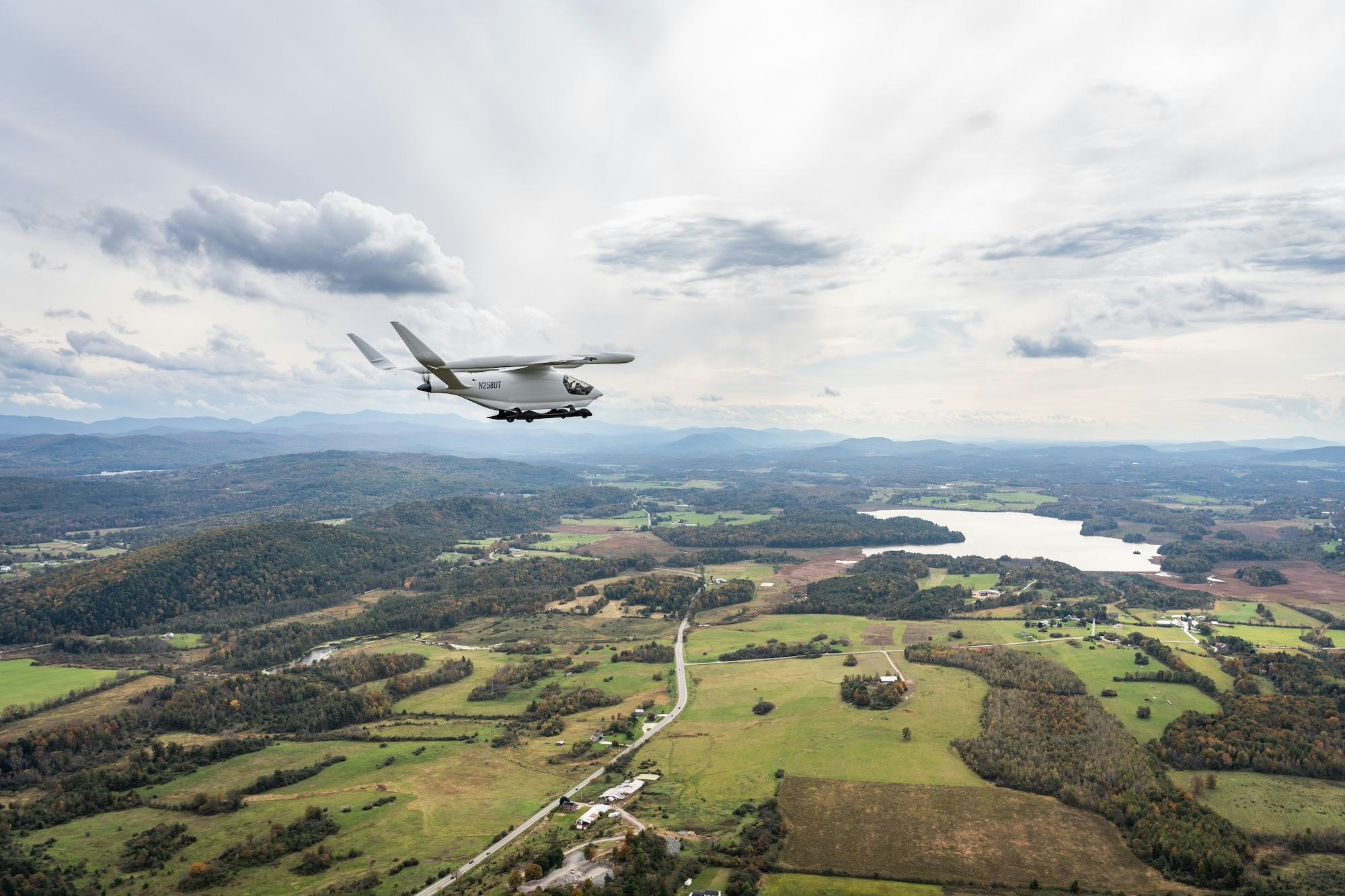
AeroGenie - مساعد الطيار الذكي الخاص بك.
الرائج الآن
Categories
NASA Highlights Supersonic and Hypersonic Advances on National Aviation Day
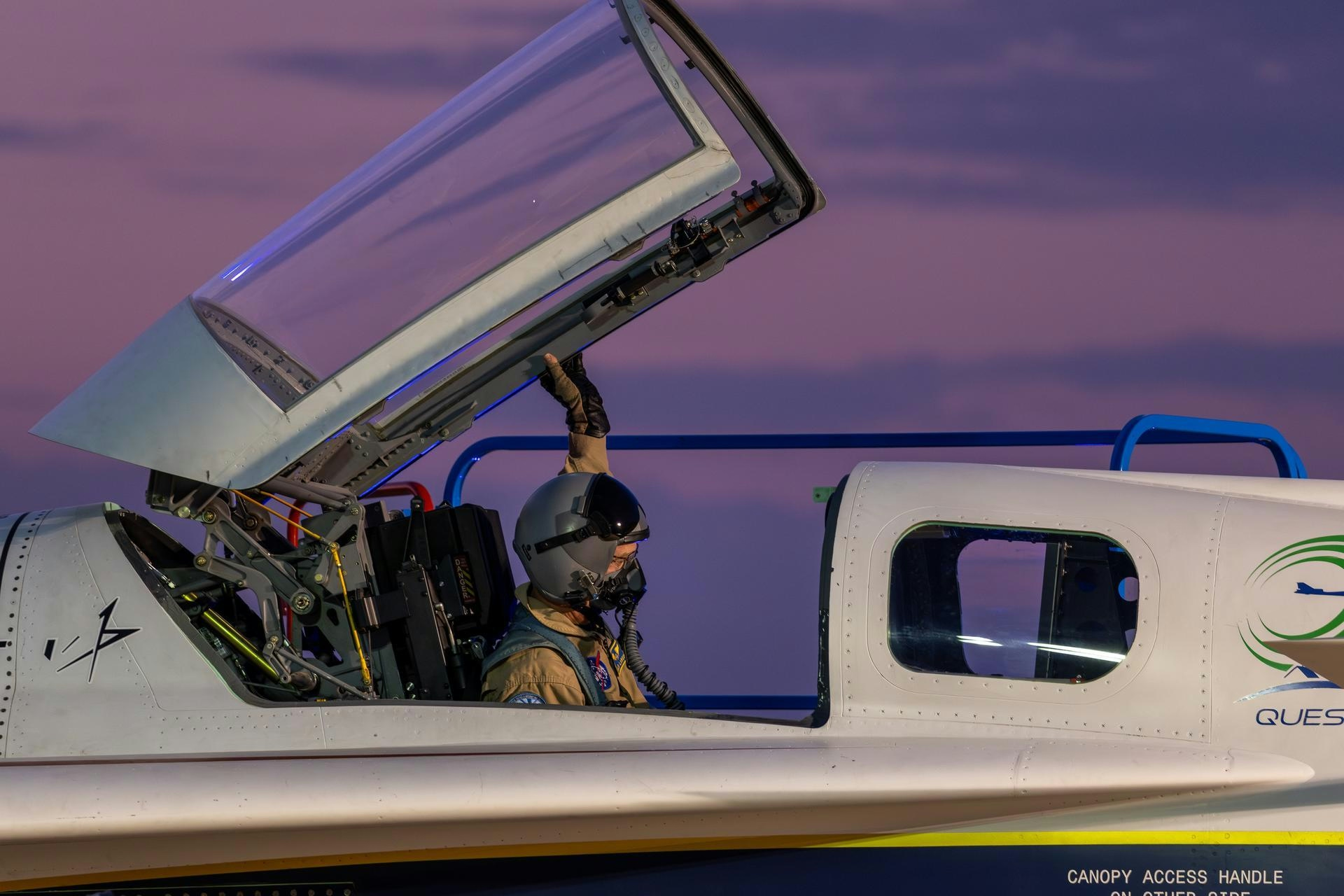
NASA Highlights Supersonic and Hypersonic Advances on National Aviation Day
National Aviation Day, observed annually on August 19, commemorates the transformative legacy of flight and honors the pioneering innovators who have shaped the field. This year, NASA’s critical contributions to aviation technology are prominently featured, underscoring both its historic milestones and its ongoing efforts to redefine the future of air travel.
A Legacy of Innovation in Supersonic and Hypersonic Flight
NASA’s origins trace back to 1915 with the establishment of the National Advisory Committee for Aeronautics (NACA), an organization instrumental in achieving key aviation breakthroughs. Under NACA’s guidance, the United States broke the sound barrier in 1947 and developed the reusable hypersonic X-15 aircraft, which played a foundational role in the Mercury, Gemini, and Apollo space programs. The transition from NACA to NASA marked a continuation of this innovative spirit, characterized by close collaboration with the Department of Defense and industry partners. These partnerships not only advanced supersonic and hypersonic flight capabilities but also laid the groundwork for future aerospace developments.
In response to a decline in the U.S. general aviation sector during the late 20th century, NASA launched the Advanced General Aviation Transport Experiments (AGATE) consortium. This initiative fostered significant improvements in safety and efficiency by introducing advanced cockpit displays and modern manufacturing techniques. The resulting technological advancements contributed to the creation of aircraft such as the Cirrus SR20 and SR22, revitalizing the general aviation industry and demonstrating the tangible benefits of NASA-driven research.
Current Endeavors and Challenges in High-Speed Aviation
NASA’s present focus on high-speed flight is embodied in the X-59 Quesst project, which seeks to revolutionize supersonic travel by substantially reducing the sonic boom. The X-59 is anticipated to demonstrate its quiet flight capabilities later this year, potentially influencing new regulatory frameworks and enabling commercial applications. Despite this progress, significant challenges remain. Regulatory obstacles, public concerns regarding noise pollution, and technological complexities related to safe and sustainable supersonic travel continue to pose hurdles. While recent executive orders and NASA’s advancements in quiet supersonic technology have rekindled interest in the sector, the commercial viability of supersonic passenger flights remains uncertain. Market responses are divided; some investors are optimistic about the prospect of drastically reduced travel times, whereas others express caution over economic and environmental considerations. Concurrently, both established aerospace firms and emerging startups are investing heavily in supersonic projects, intensifying competition within the field.
Beyond supersonic flight, NASA’s research extends into hypersonic technologies, building upon the legacy of the X-15 and supporting national security objectives as well as the potential for ultra-fast civil transportation. Current efforts encompass propulsion systems, additive manufacturing, and automated air traffic management. NASA collaborates closely with the aerospace industry and regulatory agencies to integrate these cutting-edge advancements into the evolving landscape of modern aviation.
National Aviation Day thus serves not only as a celebration of past achievements but also as a call to action for the future. As the U.S. aviation sector approaches breakthroughs in aerodynamics, sustainability, and airspace management, NASA’s unwavering commitment to innovation ensures that the nation remains at the forefront of global aviation. Through ongoing partnerships with the Federal Aviation Administration and industry stakeholders, the vision of faster, safer, and more sustainable flight continues to inspire the next generation of aerospace progress.
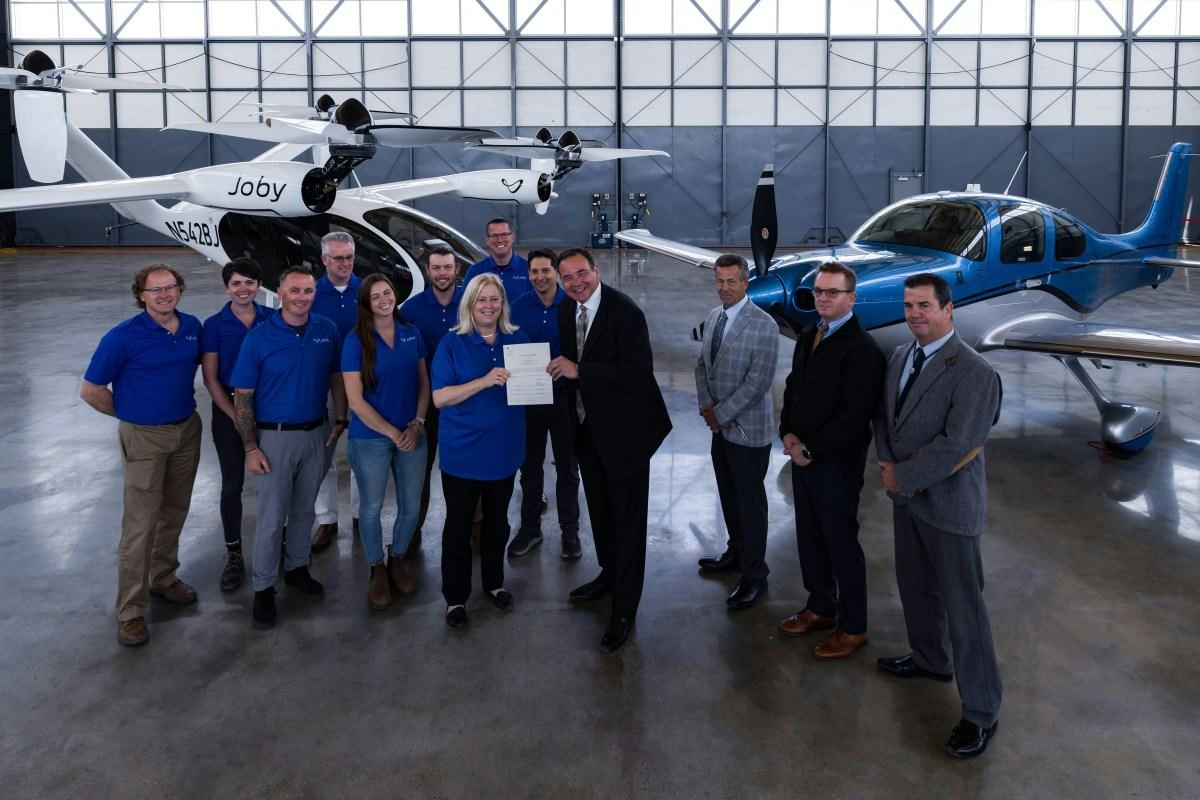
Joby Receives First CAE Flight Simulator to Enhance Air Taxi Pilot Training in Marina
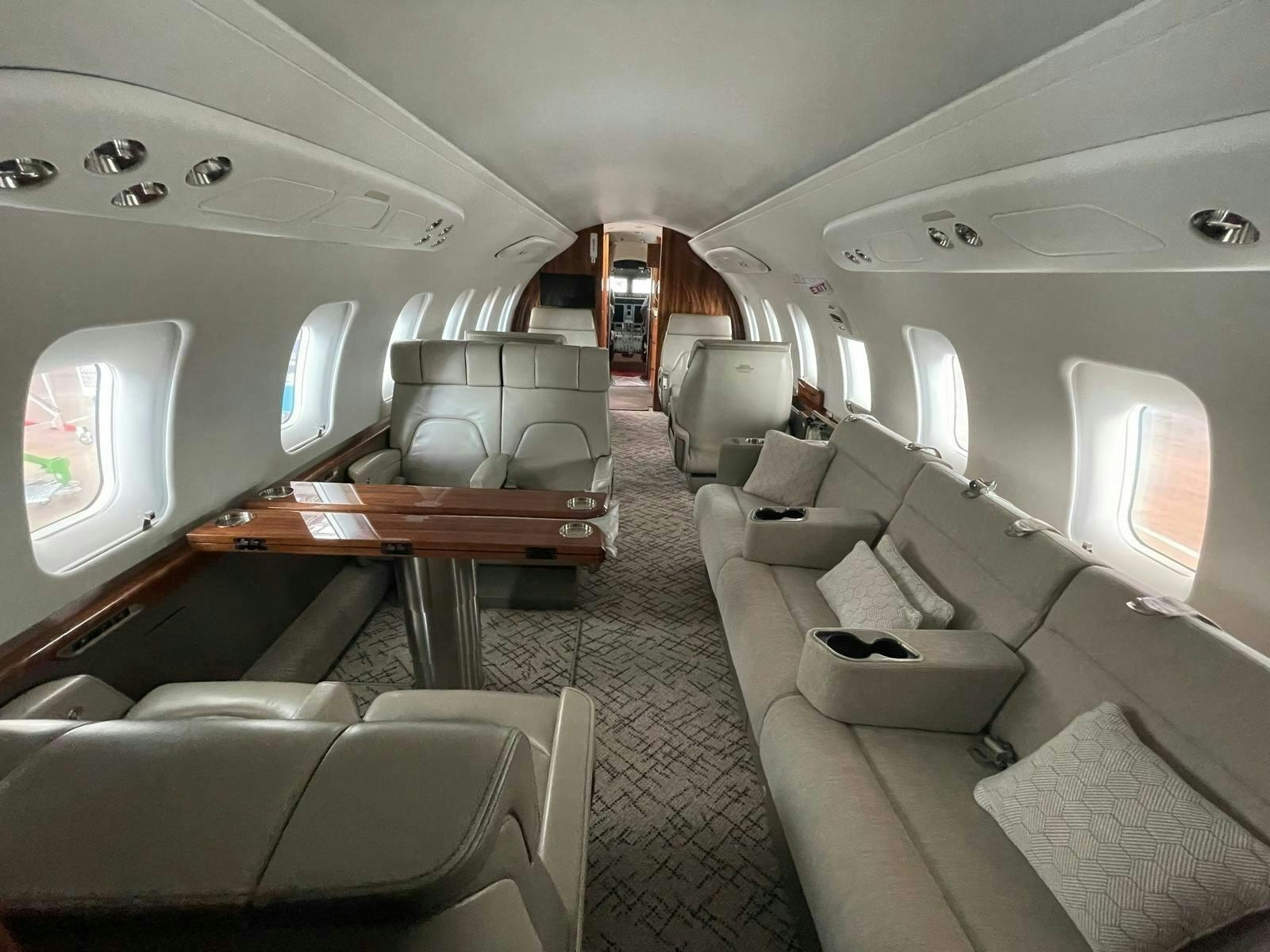
Nomad Technics Completes Maintenance on Challenger 650
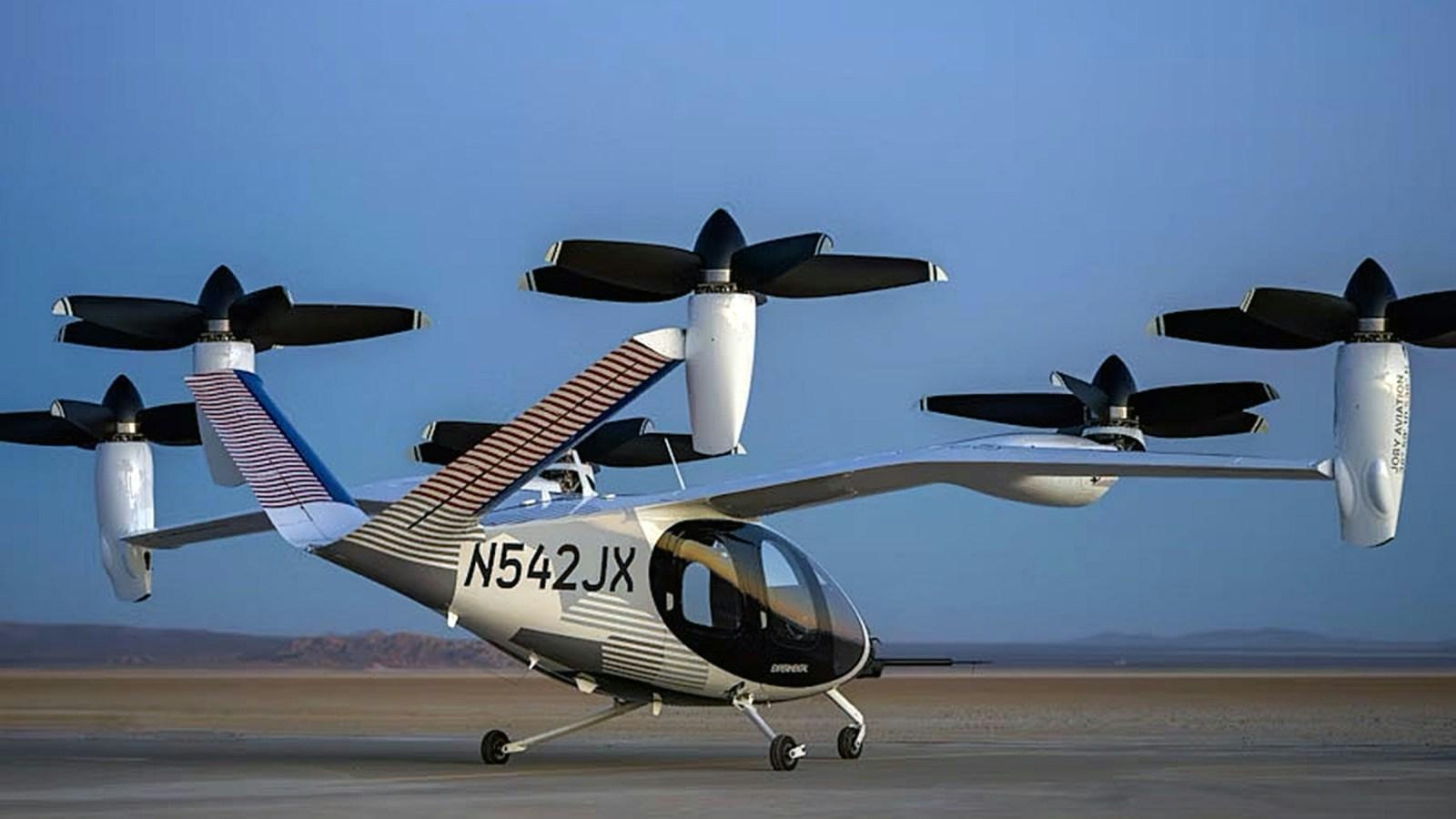
Joby Aviation Prepares for Air Taxi Pilot Training Ahead of CES 2026
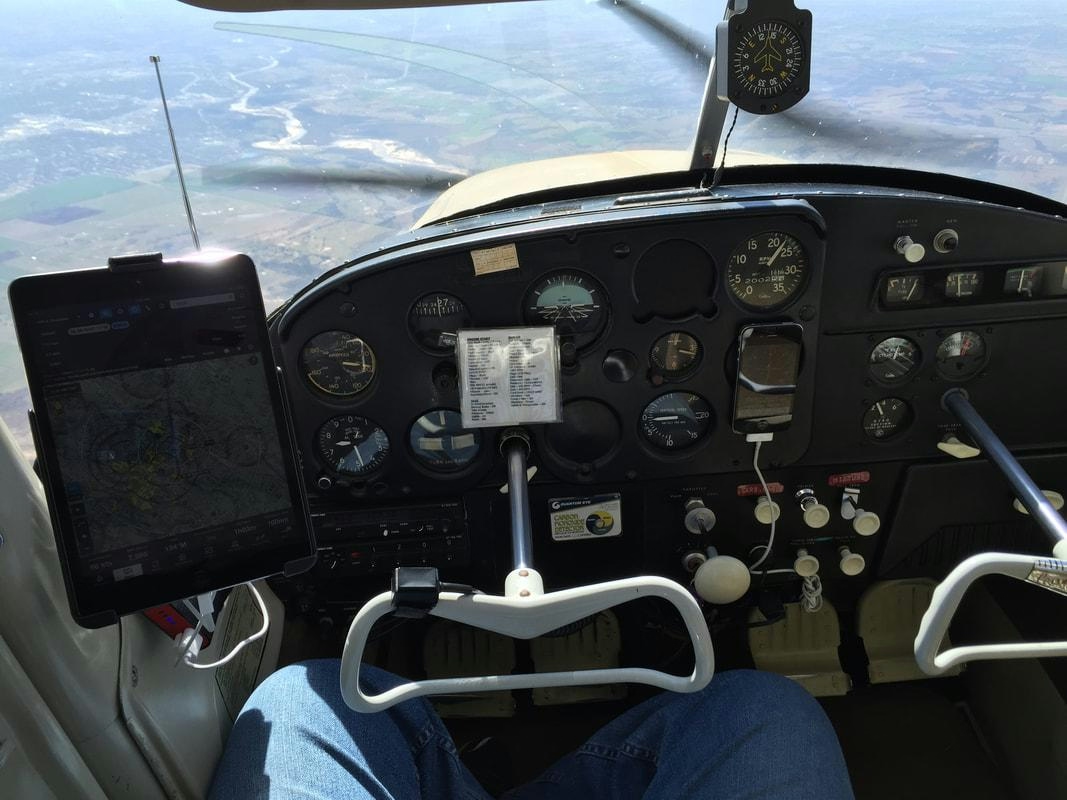
Fuel Exhaustion Caused by Incorrect Fuel Selector Installation
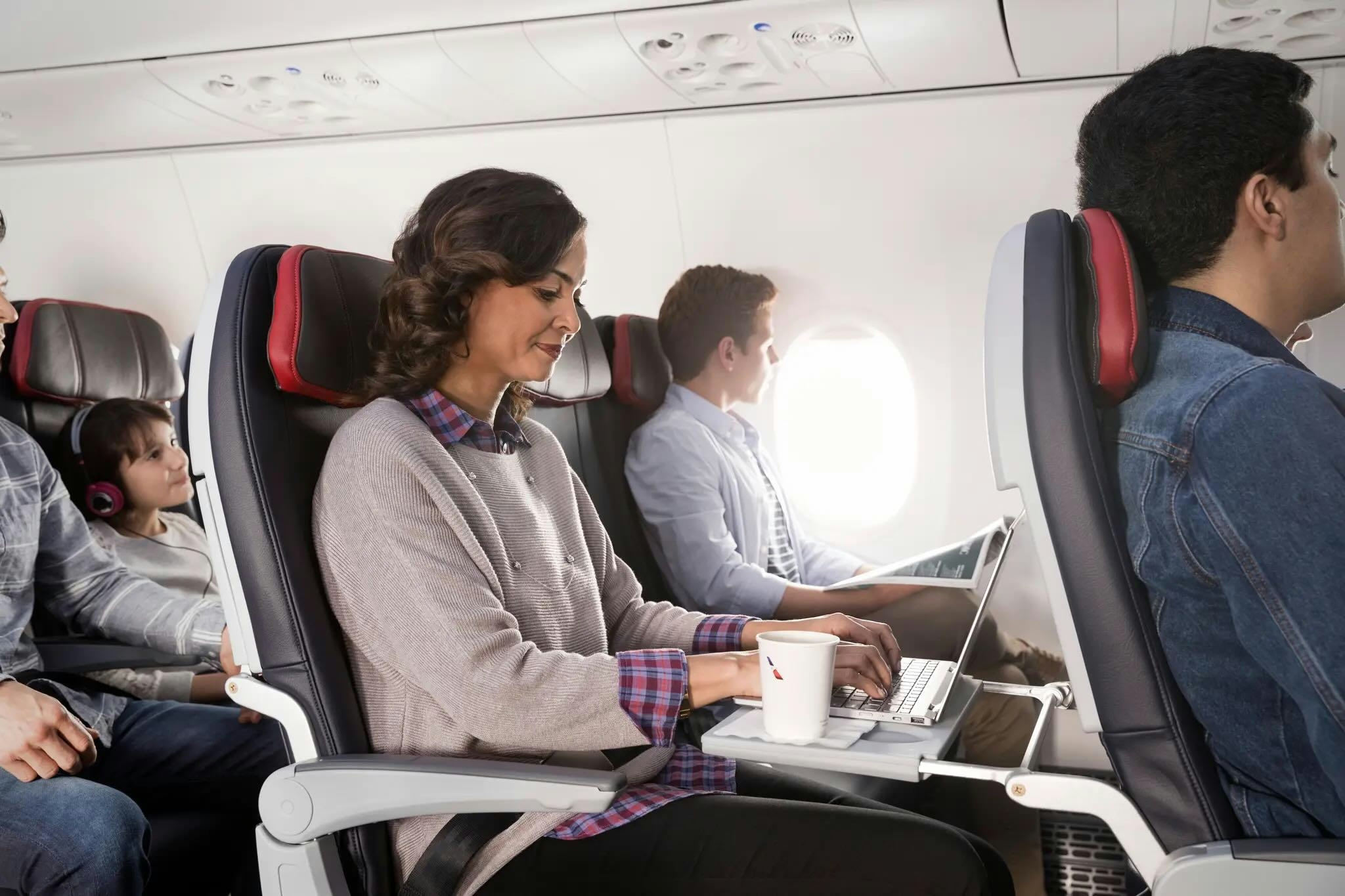
American Airlines to Offer Free Wi-Fi to Select Passengers
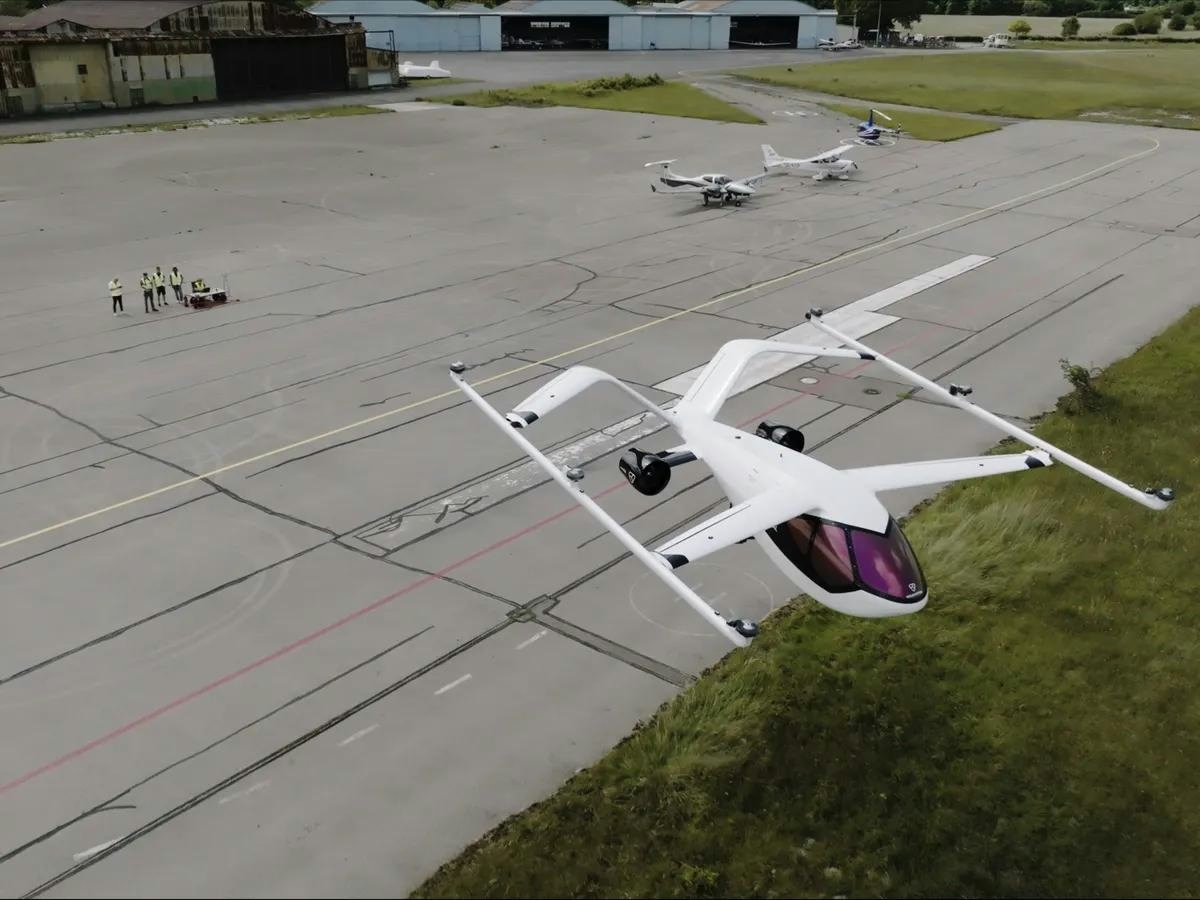
The Growing Role of eVTOL Aircraft
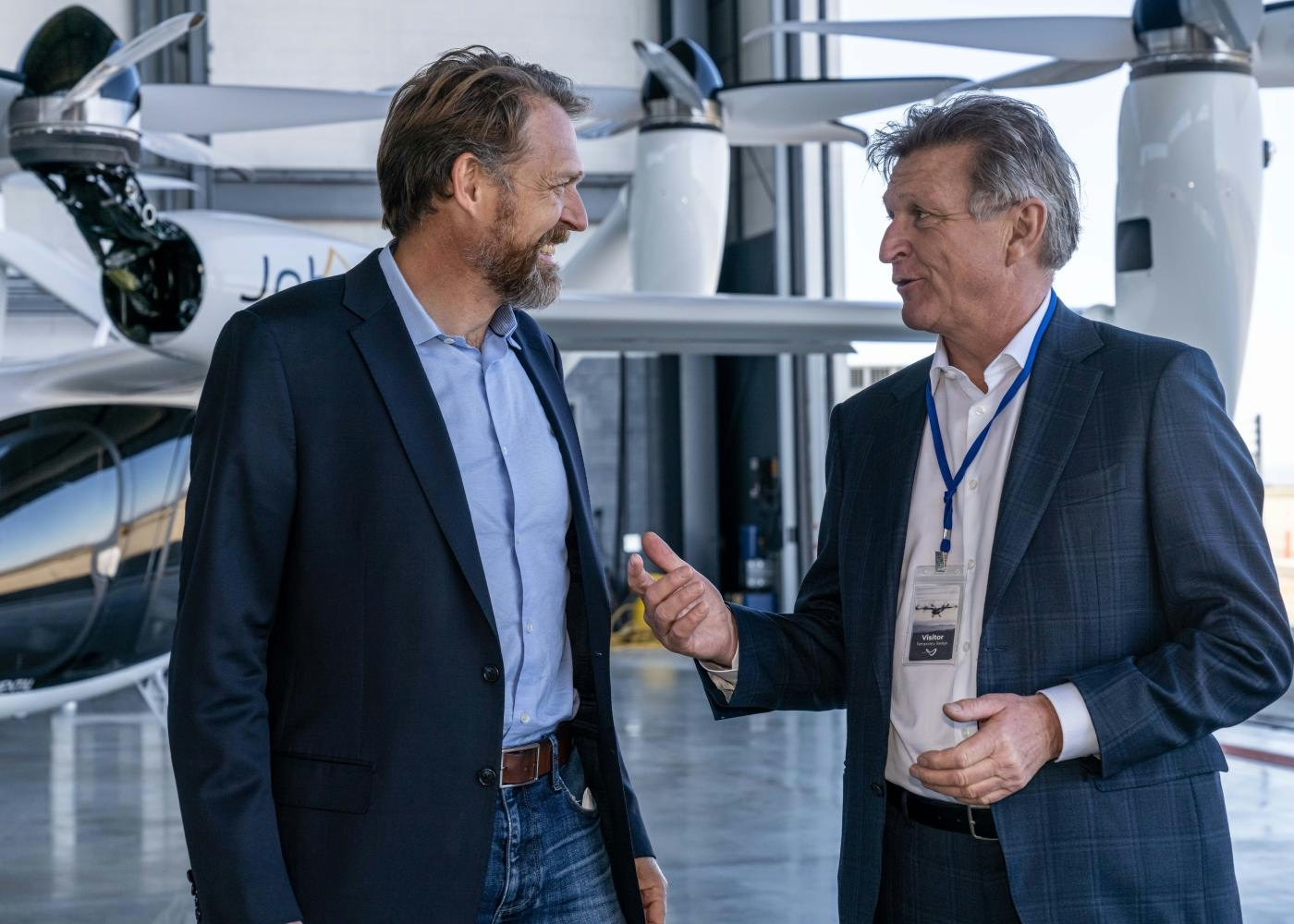
Joby Aviation Receives First of Two Advanced Flight Simulators from CAE
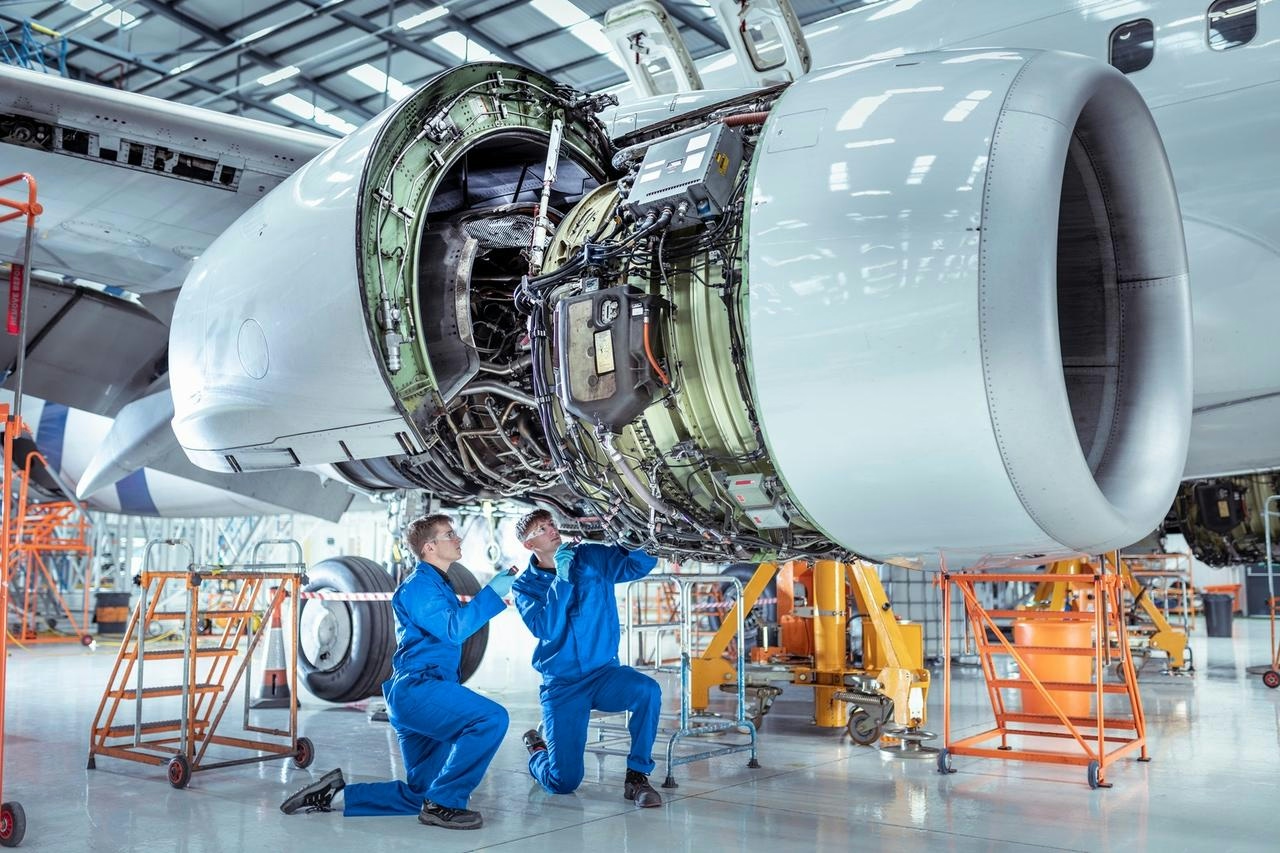
New Aviation Fund Manager Secures $1.6 Billion for Engine Deals
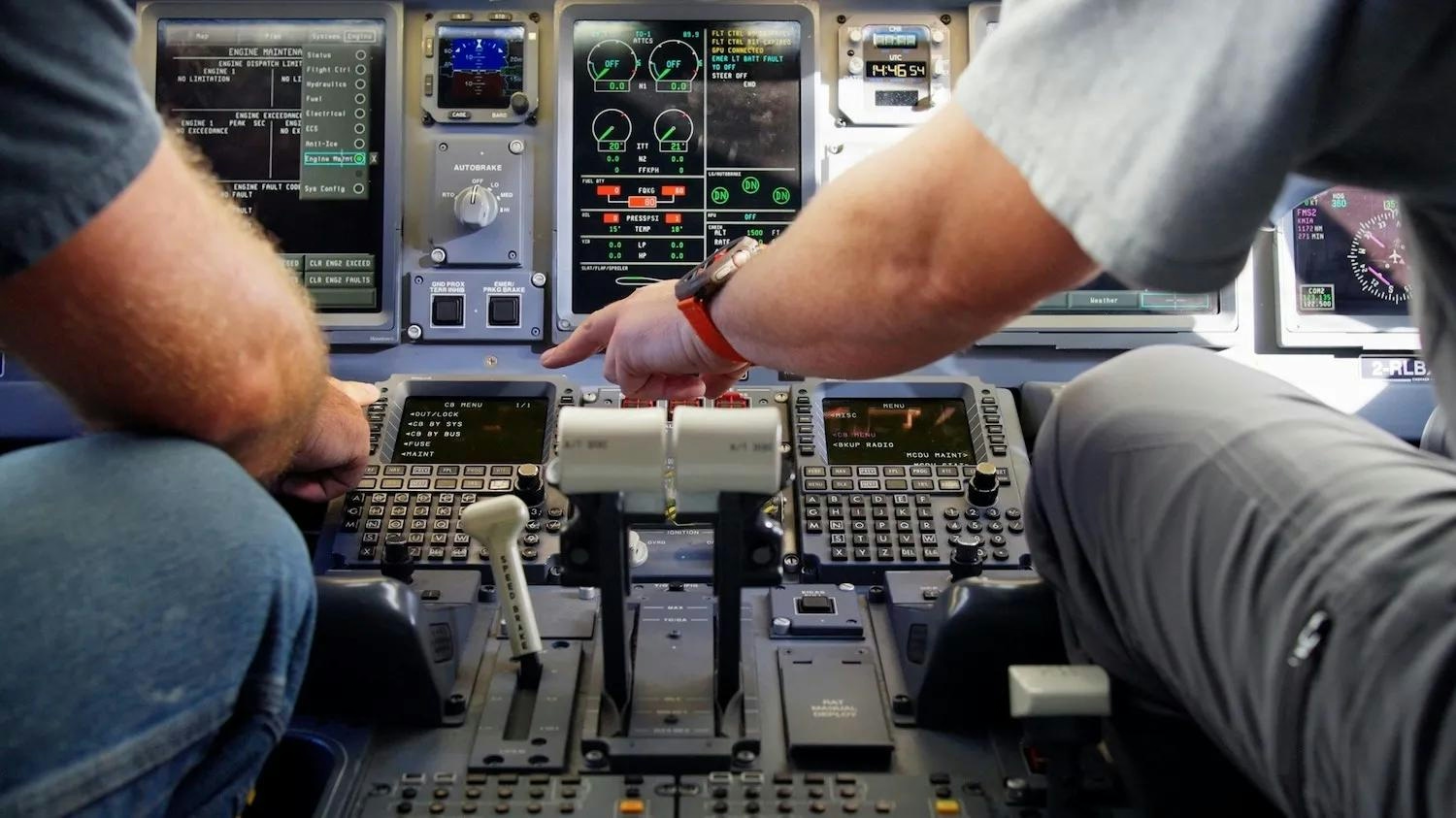
SkyWest Expands Maintenance Operations in Salina
